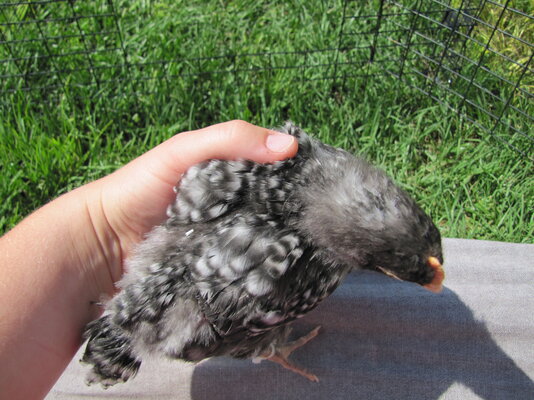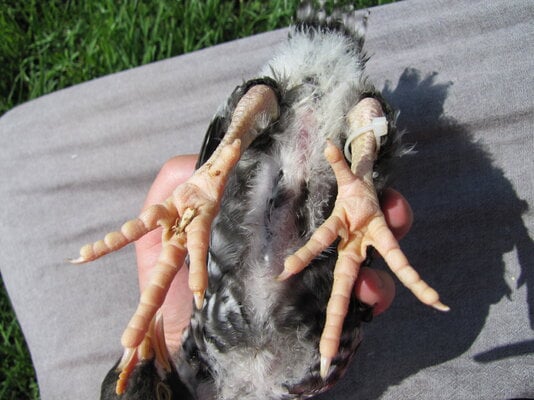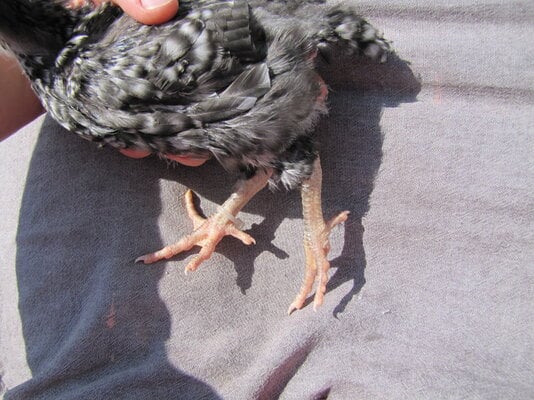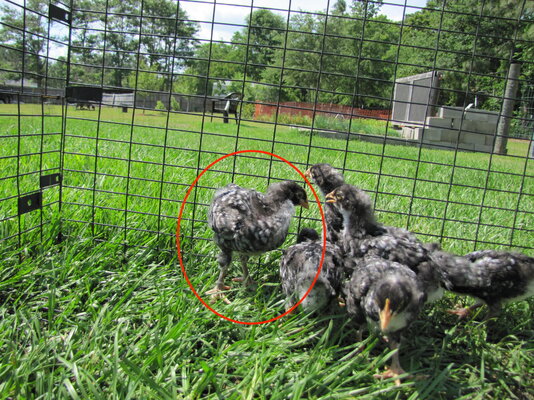- Thread starter
- #31
Oh, okay, I probably misunderstood. Thank you for clarifying that for me!Three ridges is pea comb. Three ridges with the middle being highest is definitely pea comb.
Easter Eggers often have pea combs.
Buttercup comb would have a tall ridge on each side, and be low in the middle.
Someone could breed an Easter Egger with a buttercup comb, but I've never heard of it happening.
If you found a chart showing a buttercup comb having three ridges, with the middle one being highest, then the chart is wrong.









